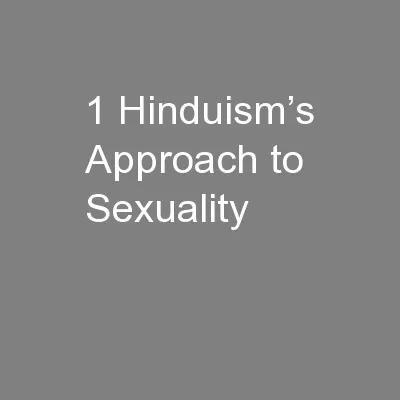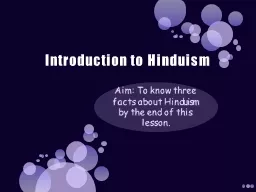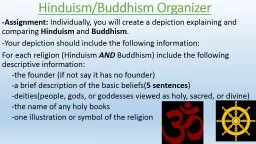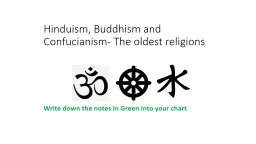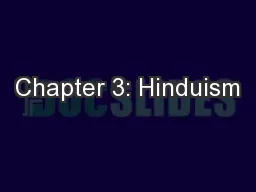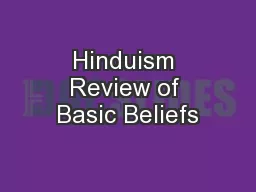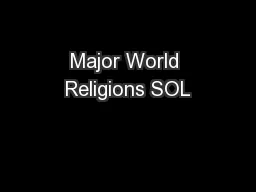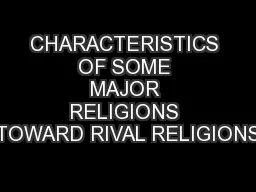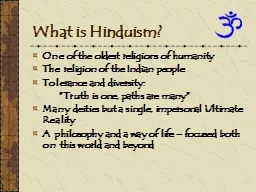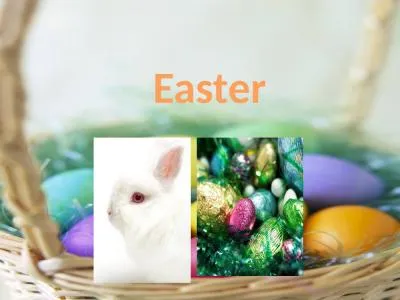PPT-Easter Religions: HINDUISM
Author : olivia-moreira | Published Date : 2016-05-08
Asia Lesson 5 DO NOW At the top of your Guided Notes use complete sentences to describe MONOTHEISM and POLYTHEISM What do they refer to Can you name some examples
Presentation Embed Code
Download Presentation
Download Presentation The PPT/PDF document "Easter Religions: HINDUISM" is the property of its rightful owner. Permission is granted to download and print the materials on this website for personal, non-commercial use only, and to display it on your personal computer provided you do not modify the materials and that you retain all copyright notices contained in the materials. By downloading content from our website, you accept the terms of this agreement.
Easter Religions: HINDUISM: Transcript
Download Rules Of Document
"Easter Religions: HINDUISM"The content belongs to its owner. You may download and print it for personal use, without modification, and keep all copyright notices. By downloading, you agree to these terms.
Related Documents


